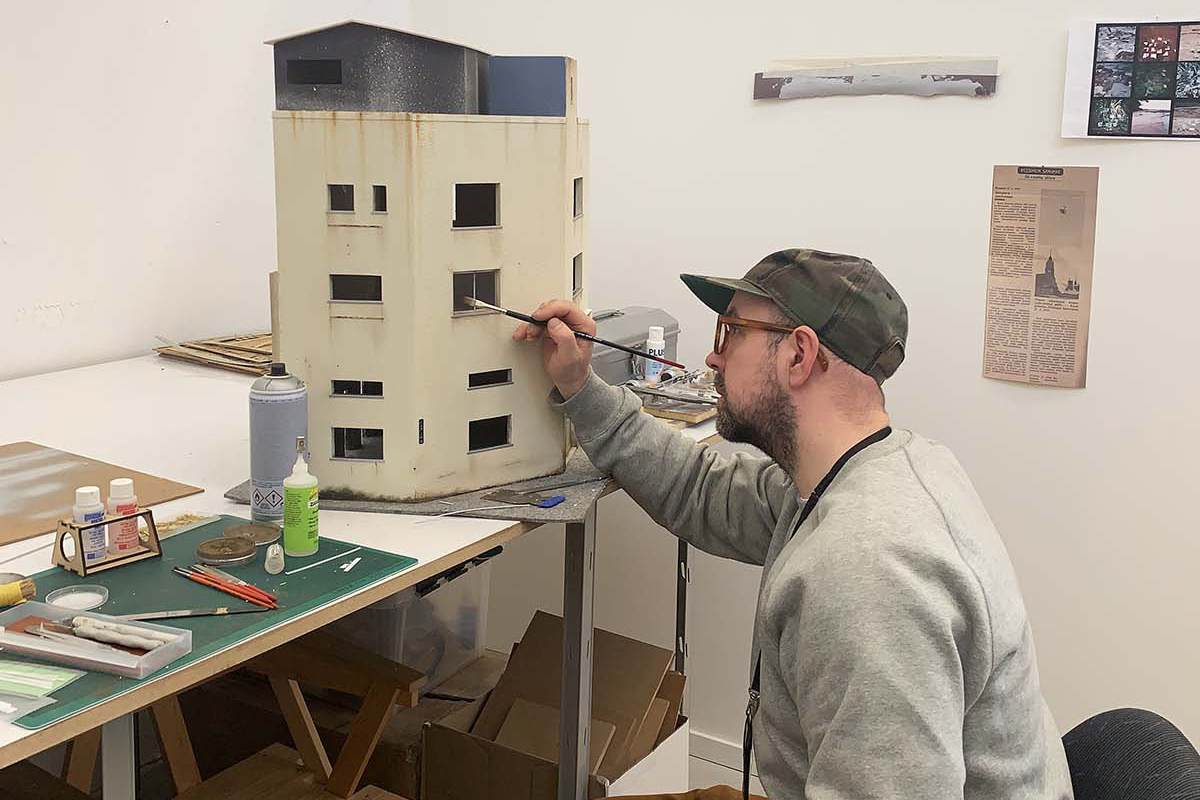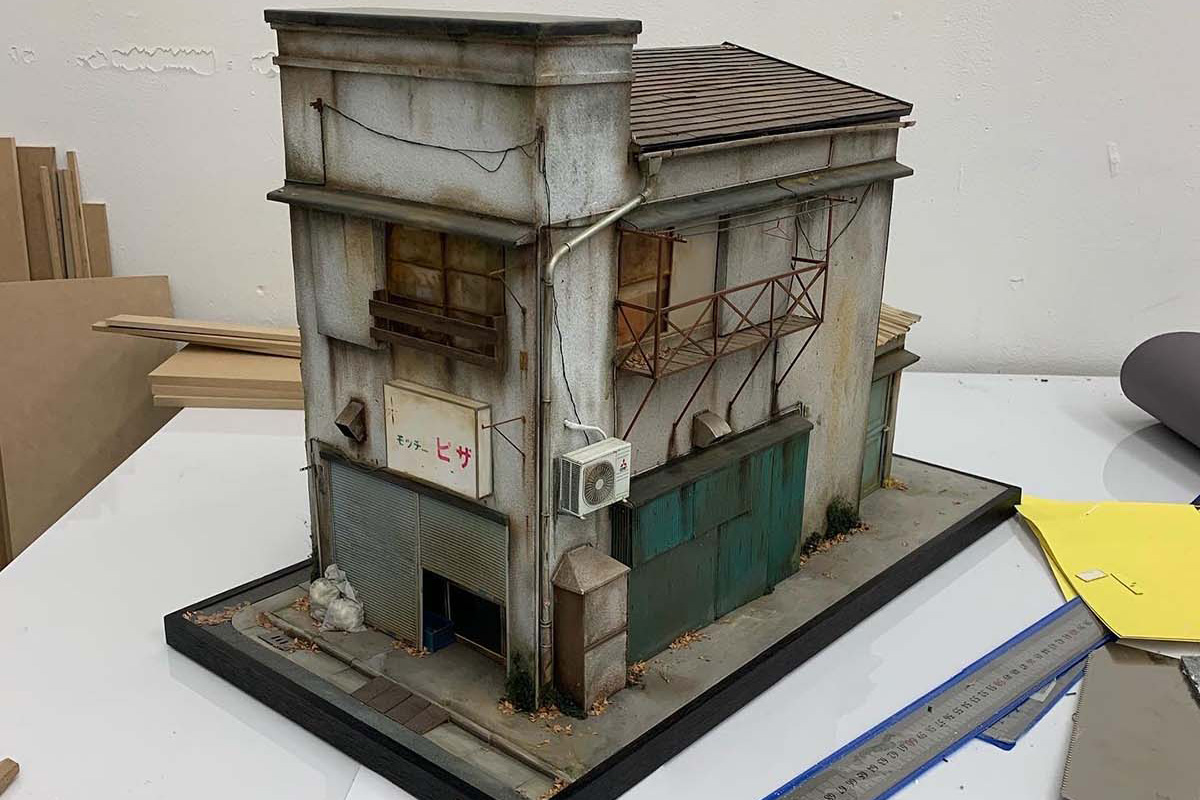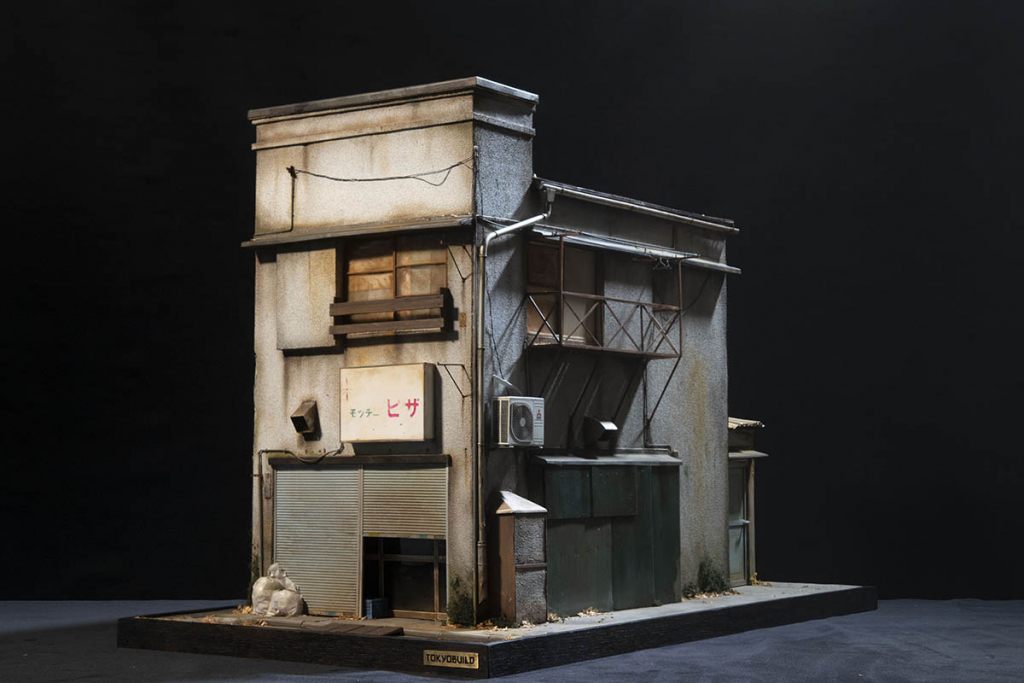Anyone who’s ever visited Tokyo will know there’s a lot more to the city than Tokyo Tower or the Shibuya Crossing. Christopher Robin certainly does. Hailing from Stockholm in Sweden, Robin creates stunning replica models of the everyday buildings that make up the fabric of Tokyo: weather-beaten police boxes, Showa-era izakaya and long-shuttered shops, all at 1:20 scale. He then shares photos of his detailed models on Instagram at TokyoBuild with almost 100,000 fans of his work. We caught up with him to find out more.

How does a man from Sweden end up making models of buildings in Tokyo?
It all started after my first visit to Tokyo in 2018, a city I had wanted to visit since I was 12 years old. I was really struck by how the city felt small and enormous at the same time. I was intrigued by the small houses that weren’t more than 40 square meters of living space. When I got back to Stockholm, I told myself that I really needed a hobby other than getting paralyzed in front of Netflix as soon as the kids were asleep. So, I just decided that I was going to try and make models of Tokyo houses, a hobby to do at the kitchen table.
How long have you been making replica models of buildings?
I made my first build in 2018. It has been a steep learning curve and I am still learning new things for every build.
Why did you decide to make models of the city’s more mundane buildings rather than landmarks such as Tokyo Tower?
I just find the state of decay and the mundane more interesting. It’s more unique. It tells a story about the house and the people who work or live there. I feel that those buildings are equally as important to the Tokyo skyline as the famous and more flashy landmarks. And of course, it is a fun challenge to try to replicate them in 1:20 scale. There is something interesting about spending a ridiculous amount of time replicating something so ordinary and often overlooked.

How do you choose which buildings to make models of? What makes for a good model?
I take walks in Google Street View and just stroll around different neighborhoods looking for houses that catch my eye. All buildings have something of interest if you look with the right eyes, but I do try to find buildings that represent the Tokyo I like so much. Details, textures, colors and composition are all important to how much character a building has.
What materials do you use to make a model? Is there a lot of 3D-printing involved?
I’m no stranger to any technique: 3D printing, casting, etching, sculpting, whatever I think will work best. Often I’ll 3D print gas meters or electric meters, for example, then I’ll do a silicone mold of them so I can cast more of them later for other builds. The base structure of the builds is made out of MDF board. To get the texture on the walls I use sandpaper that I glue to the MDF board. It’s really a mix of everything. My favorite technique is photo etching in brass. You can get very fine details.
All my builds are in the scale of 1:20 which I chose because it is not a commercial scale. This means I can’t really cheat and just buy some of the details. Everything has to be made from scratch and 1:20 is an easy scale to calculate.

What happens to your models once they are completed?
All my models are for sale. Sometimes I do commissions and sometimes they end up in galleries. I have had one solo exhibition here in Stockholm and have been part of numerous group exhibitions. My dream would be to do a solo exhibition in Tokyo.
What future builds do you have in mind?
I have a long list of buildings I have seen on my Google Street View walks that I want to do. I do want to make more police boxes (koban) and maybe find buildings that have an interesting story or history behind them. And I would like to find a nice ramen shop to do.
Follow TokyoBuild on Instagram for more photos.
Updated On October 17, 2022









